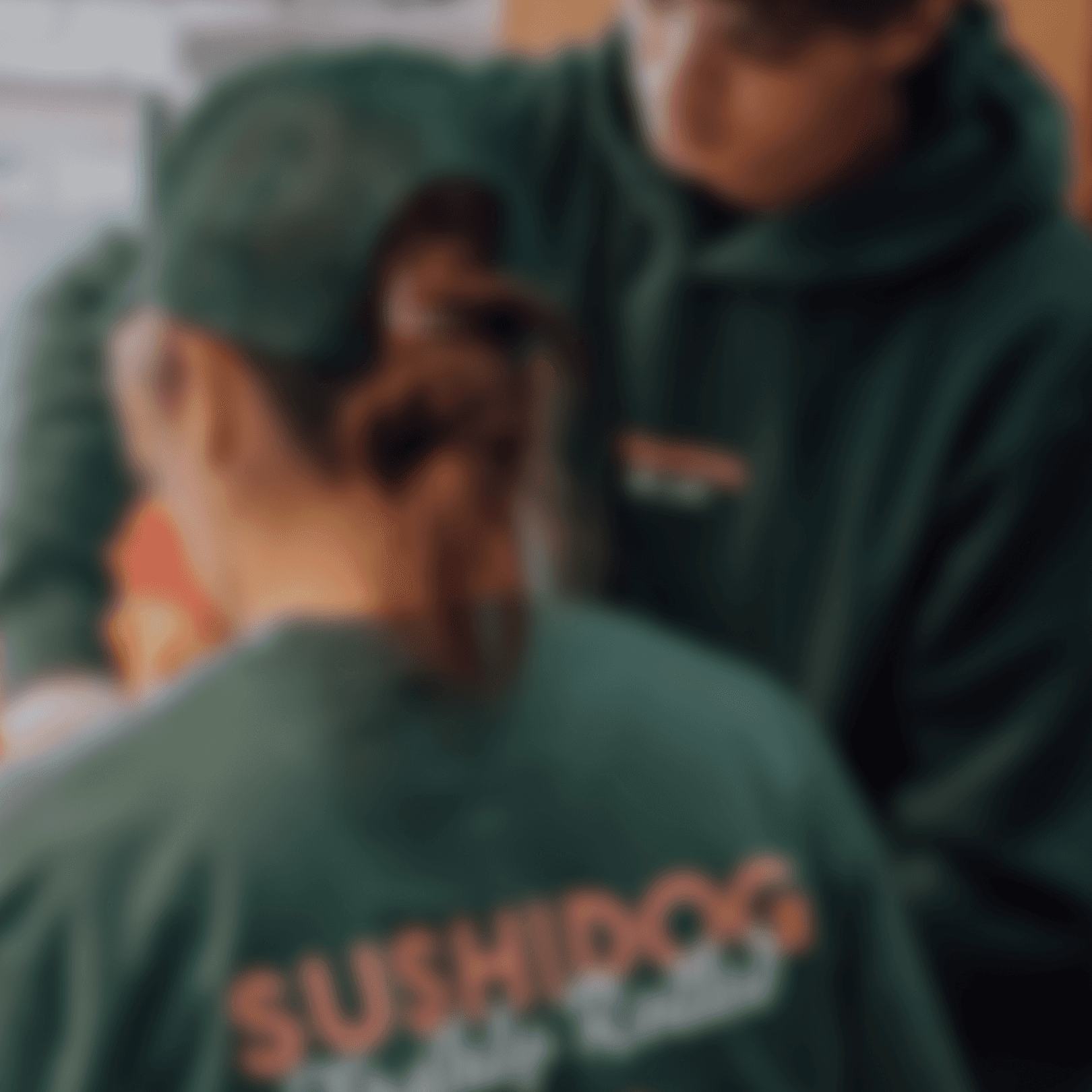August 20, 2025
– 5 minute read
Boost customer loyalty with a rule engine. Automate rewards, personalize experiences, and drive engagement with powerful, flexible loyalty program rules.

Cormac O’Sullivan
Author
Businesses are constantly searching for new and effective ways to not only attract customers but to keep them coming back. This is where a well-designed loyalty program comes in. While many think of loyalty programs as simple "buy 10, get one free" punch cards, the most successful ones are far more complex and personal. The secret behind these dynamic and highly effective programs is a powerful tool known as a Rule Engine.
Without a proper rule engine, a loyalty program is a one-size-fits-all approach that struggles to truly engage customers and drive desired behaviors. A robust rules engine allows for the kind of personalization that makes customers feel seen and valued, which is critical for building long-term loyalty. In fact, reports show that 78% of customers are more likely to stay loyal to a brand if they receive rewards in return for their continued investment. With a rule engine, you can create a points-based system that is both flexible and powerful, rewarding a wide variety of customer behaviors in real time.
Types of Rules You Can Set Up
The true power of a rule engine lies in its ability to define a wide range of logic rules that extend beyond standard purchases. By rewarding customers for non-transactional behaviors, you can create a more holistic and engaging loyalty program. This, in turn, strengthens the emotional connection between customers and your brand.
Happy Hours
Happy hour rules are a fantastic way to drive traffic and sales during off-peak times. For instance, a rule could be set up to award double or even triple loyalty points on all purchases made between 2 PM and 4 PM on weekdays.
This encourages customers to visit your store or website during a time they normally wouldn't. The rules engine can easily handle the real-time adjustments of the points-based system based on the time and day.
Product-Based Bonuses
A rules engine allows you to be very specific with your promotions. Instead of a blanket offer, you can create rules that reward customers for buying certain items. For example, "If a customer buys a new product in the ‘X’ category, then award 200 bonus loyalty points."
This is a great way to push new inventory or clear out older stock. This targeted approach can significantly increase customer engagement and drive sales in specific areas of your business.
Birthday Points
Making customers feel special on their birthday is a simple but highly effective way to build loyalty. A rule can be created to automatically award a set amount of birthday points on a customer’s special day.
The rule can check the customer's profile and trigger the reward without any manual intervention. This personalized gesture can make a huge difference in how a customer feels about your brand. In fact, many successful loyalty programs like Starbucks Rewards leverage these kinds of personal rules to great effect.
Milestone Missions
Milestone missions are a form of gamification that can dramatically increase customer engagement. With a rules engine, you can define specific goals for your customers to achieve and then reward them for it.
A mission could be "Spend $500 in a quarter to reach Platinum status" or "Make 10 purchases in 6 months." The business rules management system tracks the customer's progress and automatically awards the reward when the mission is completed. This turns shopping into a rewarding game.
Geo Fencing Triggers
Location-based rules are an excellent way to connect with customers in the real world. A geo-fencing rule uses a customer's device location to trigger a specific action.
For example, a rule can be set to send a push notification offering a special discount "If a customer enters within a 1-mile radius of the store." This type of real-time, context-aware rule execution can drive foot traffic and increase impulse purchases.
Refer a Friend
Rewarding customer behaviors that bring in new business is a no-brainer. A rules engine makes it easy to manage a "Refer a Friend" program.
The rule is simple: "If a customer's unique referral link is used to make a first-time purchase, Then award a bonus of 1000 loyalty points to both the referrer and the new customer." This is a powerful way to leverage your existing customer base for new customer acquisition.
Place Orders
This is the most fundamental of all loyalty rules, but it can still be optimized with a rules engine. Beyond simply rewarding points for every dollar spent, you can create tiered rules. For example, "If a customer spends between $50 and $100, then award 1.5 loyalty currency per dollar."
You could also set a rule for specific payment methods, such as offering bonus points for using your branded credit card. These implementations of rule logic are vital for guiding customer behaviors towards higher spending and preferred payment methods.
Complete Surveys
Customer feedback is gold, and a rules engine can help you get it. You can set up a rule that rewards customers for completing surveys. The logic is straightforward: "If a customer completes a customer satisfaction survey, then award a bonus of 20 loyalty points."
This incentivizes customers to share valuable insights, which can then be used to improve business processes and the overall customer experience. It's a win-win situation for both the business and the customer.
Social Media Engagement Rewards
A rules engine can be a powerful tool for boosting your brand's presence on social media. You can create rules that automatically reward customers for specific social media behaviors. For instance, a rule might state: "If a customer shares a product on Instagram, then award a bonus of 50 loyalty points." Or, "If a customer follows our brand's page on Facebook, then award 25 loyalty points."
This incentivizes your customers to become brand advocates, helping you increase your reach and drive customer engagement without a manual effort. This type of automated rule execution ensures your rewards are delivered instantly, making the experience seamless and motivating for the customer.
How to Implement a Rule Engine
Implementing a rule engine doesn't have to be a complicated process. There are many platforms and software solutions available that make it accessible for businesses of all sizes. The first step is to define your goals and the specific customer behaviors you want to reward. Next, choose a platform that fits your technical capabilities and budget.
Check out Leat.com a loyalty platform with a built-in rule engine that lets you fully configure and customize rules directly within the system, making it simple for businesses to manage.
Conclusion
A rules engine transforms loyalty programs from generic rewards into personalized, dynamic experiences that truly resonate with customers. By setting up diverse rules from birthday points and milestone missions to geo-fencing triggers and social media engagement you can foster deeper connections and encourage behaviors that drive long-term value.
Unlike one-size-fits-all programs, a rules engine offers flexibility, automation, and real-time personalization, making customers feel recognized and appreciated. This not only boosts engagement but also strengthens retention and advocacy. With accessible platforms like Leat.com, businesses of all sizes can easily implement and manage powerful rule-based loyalty programs that deliver measurable results.



